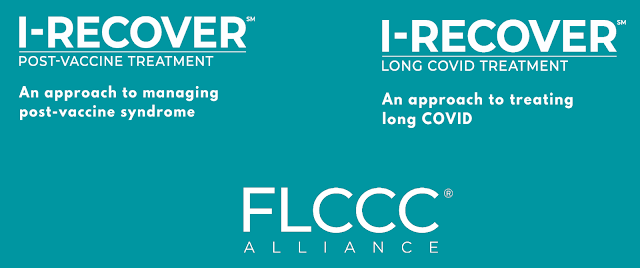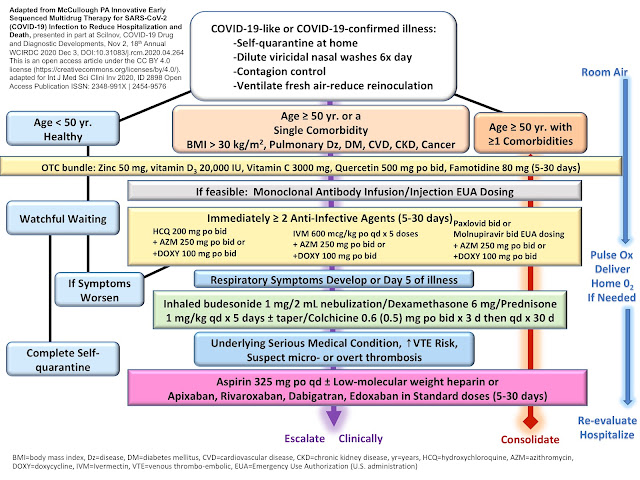Long COVID in 2025: Latest Research, Symptoms, and Treatment Advances
Latest Research Insights on Long COVID
Immune System Markers and Genetic Risk Factors
A recent clinical study led by Cardiff Metropolitan University and Cwm Taf Morgannwg University Health Board identified elevated levels of the immune protein Interleukin-6 (IL-6) in people suffering from Long COVID compared to those who fully recovered1. The study also found that individuals with a particular IL-6 receptor genotype, known as the ‘AA’ genotype, have an increased risk of developing Long COVID. These findings suggest IL-6 and its receptor could serve as biomarkers to predict risk and guide future treatments.
Large-Scale Data from Electronic Health Records (EHR)
The RECOVER initiative analyzed over 6 million EHRs and found that between 10% and 26% of adults and 4% of children who had COVID-19 developed Long COVID2. Risk factors include being an adolescent or elderly, female sex, and hospitalization during acute infection. The data also showed that Long COVID incidence rises with the emergence of new SARS-CoV-2 variants, underscoring the ongoing public health challenge.
People with long COVID had significantly more sticky micro-clots in their Blood
Scientists discovered that people suffering from long COVID had significantly more of these unusual structures—nearly 20 times higher—than healthy individuals.
The clots, embedded with neutrophil extracellular traps (NETs), are like sticky webs released by immune cells. For the first time, researchers have seen these microclots and NETs physically linked, suggesting a novel biological marker that may help explain persistent symptoms.
Why does it matter? These strange clots could block blood flow in the smallest vessels, reducing oxygen delivery to organs and potentially fueling symptoms like brain fog, fatigue, and shortness of breath.
Even more promising, an AI system trained to recognize these structures could diagnose long COVID with 91% accuracy, offering hope for a future test. Though still in early stages, the study marks a critical step toward unlocking the mystery behind one of COVID-19’s most lingering legacies.
Source: "Circulating Microclots Are Structurally Associated With Neutrophil Extracellular Traps and Their Amounts Are Elevated in Long COVID Patients." Journal of Medical Virology, 2025.
Common Symptoms of Long COVID in 2025
Long COVID symptoms vary widely and can affect multiple organ systems. Researchers have identified over 200 symptoms, but the most common and clinically relevant include34:
- General: Fatigue, weakness, post-exertional malaise (worsening after activity), hair loss, pain, rash
- Respiratory: Shortness of breath, chronic cough, chest pain
- Cardiovascular: Chest tightness, heart palpitations, postural orthostatic tachycardia syndrome (POTS)
- Neurological: Brain fog, memory loss, difficulty concentrating, headaches, dizziness, loss of smell or taste
- Gastrointestinal: Abdominal pain, diarrhea, constipation, nausea, heartburn
- Muscle and Bone: Muscle pain and weakness
- Mental Health: Anxiety, depression, insomnia, psychosis symptoms
- Others: Kidney problems, sexual dysfunction, abnormal movements
Advances in Treatment Options
Monoclonal Antibody Therapy
A promising clinical trial underway at Nova Southeastern University is testing sipavibart, a long-acting monoclonal antibody originally approved for COVID-19 prevention, as a treatment for Long COVID5. Early observational studies suggest monoclonal antibodies may reduce or eliminate Long COVID symptoms in some patients, offering hope for a targeted therapy.
Repurposed and Emerging Therapies
Several non-antiviral treatments show potential based on recent clinical evidence (6):- Metformin: Large phase 3 trials demonstrated a 42% to 63% reduction in Long COVID incidence when used early, making it a leading candidate for prevention.
- Low-Dose Naltrexone (LDN): Shows significant improvements in fatigue, post-exertional malaise, and pain.
- Dexamethasone: Reduces fatigue and shortens symptom duration by about 33%.
- Omega-3 Fatty Acids: Moderate benefits for mental health and musculoskeletal symptoms.
- L-Arginine with Vitamin C: High rates of symptom relief, especially fatigue and shortness of breath.
- The COVit-2 trial, was designed to assess whether oral nicotinamide supplementation could influence recovery in newly diagnosed COVID-19 patients. Conducted across multiple centers in Germany, the study enrolled a total of 900 individuals who had recently tested positive for SARS-CoV-2. They were randomly assigned to take either nicotinamide or a placebo for four weeks, and their symptoms and progress were tracked for six months. Nicotinamide modulates gut microbial metabolic potential and accelerates recovery in mild-to-moderate COVID-19. Patients who had taken nicotinamide during the initial infection were less likely to report persistent long COVID symptoms, such as fatigue or difficulty concentrating. (7)
How to Order Your Own Spike Antibody Test
Here is a quick guide of interpretation of your results:
- <1000 U/ml very low level past exposure, negligible risks
- 1000-5000 U/ml symptoms or problem could be related to Spike protein
- >5000 U/ml Spike protein likely circulating in your bloodstream
- 10,000-25,000 U/ml very high risk for cardiac damage, blood clots, neurologic problems, autoimmunity, and potentially cancer
You can also order a Spike antibody (Covid-19 antibody) test from healthlabs.com to assess your risk and establish a baseline before and after starting any anti-spike protein protocol.
Looking Ahead
The complexity of Long COVID, with its multi-system involvement and varied symptoms, requires continued research and a multi-pronged treatment approach. Biomarkers like IL-6 and genetic factors may soon help identify at-risk individuals early, enabling preventive strategies. Meanwhile, ongoing clinical trials and real-world data analyses are expanding the arsenal of therapeutic options, bringing hope to millions affected worldwide.If you or someone you know is experiencing persistent symptoms after COVID-19 infection, consult healthcare professionals for evaluation and management. Early recognition and tailored treatment can improve outcomes.
Sources:
- Cardiff Metropolitan University Long COVID Study, May 2025 1
- RECOVER Research Update, June 2025 2
- Healthdirect Australia Long COVID Symptoms, Nov 2024 3
- University of Washington Symptom Study, Oct 2023 4
- AstraZeneca Sipavibart Clinical Trial, May 2025 5
- PMC Review on Long COVID Treatments, Nov 2024 6
- Nature Metabolism Volume 7, Pages 1136–1149 (2025)
- Over 3,000 peer-reviewed articles have been published on COVID vaccine injuries. Find links to these studies at REACT19, Substack and OpenVAERS .
- 2025 Farschchi et al - Major Italian Study Warns Covid-Vaxxed Face Long-Term Brain Damage Risk
- 2024 Vaccine - COVID-19 vaccines and adverse events of special interest: A multinational Global Vaccine Data Network (GVDN) cohort study of 99 million vaccinated individuals.
- The Protective Role of Healthy Lifestyles Against SARS-CoV-2 and Other Viral Infections: A Systematic Review of 119 Studies.
The Wellness Company's Base Spike Detox Trio
This base spike protein detox protocol consists of these three powerful ingredients: Spike Support's Nattokinase, Bromelain, and Tumeric Extract. Vaccinated or not, prioritizing your well-being has never been more crucial.
Buy this ultimate detox bundle today, researched by Dr. Peter McCullough.
Recommended to maintain daily health for anyone exposed to COVID, vaccines, or shedding – and may help your body repair itself and remain at optimal health.
.png)

.png)






Comments
Post a Comment